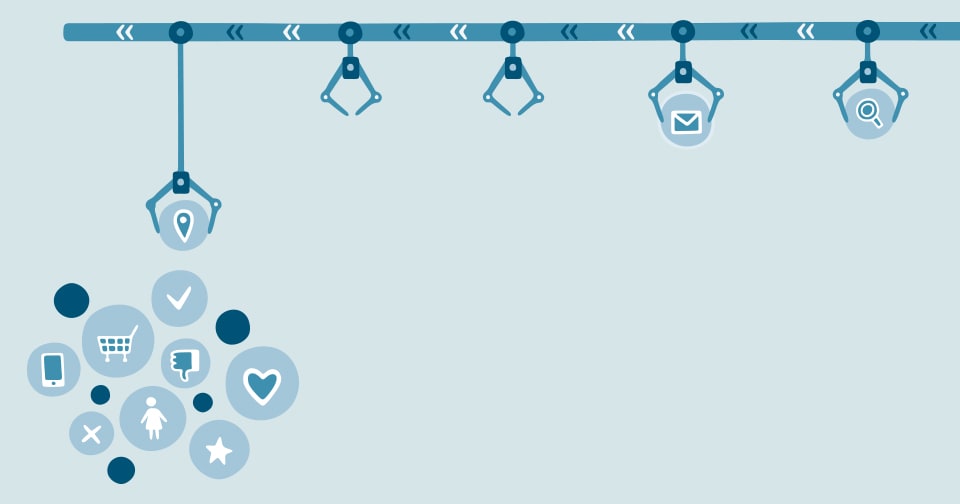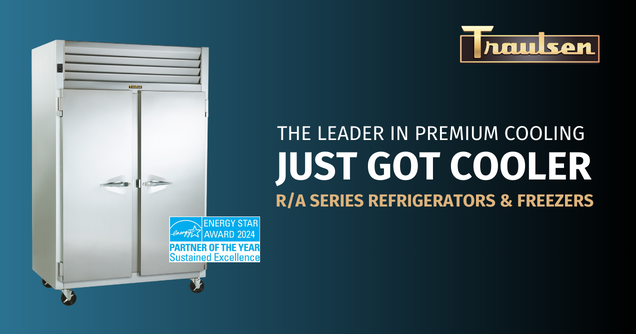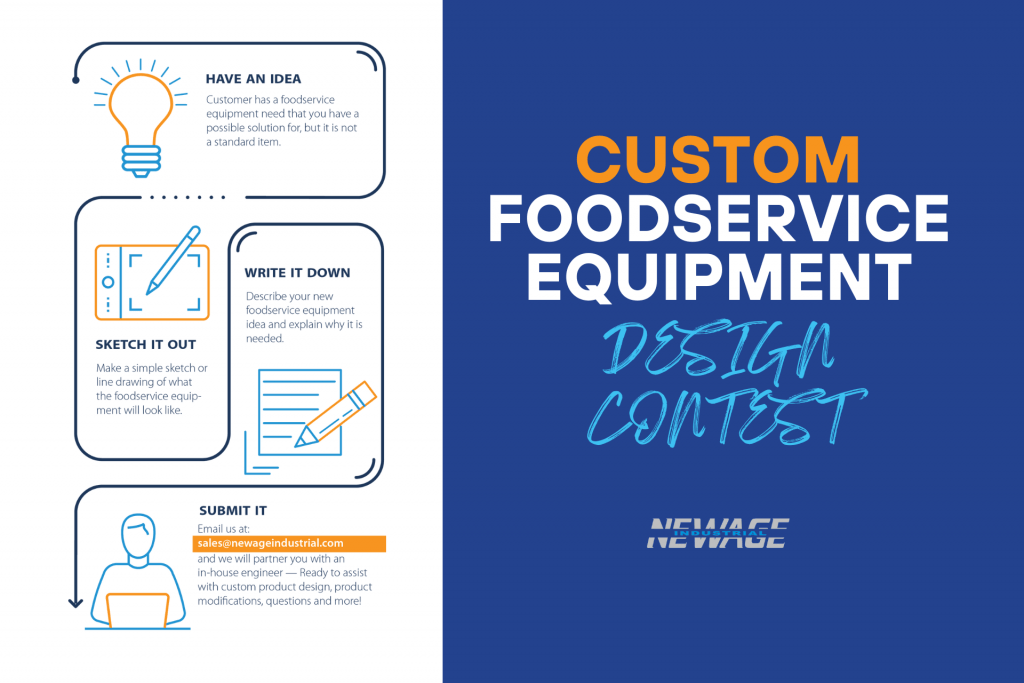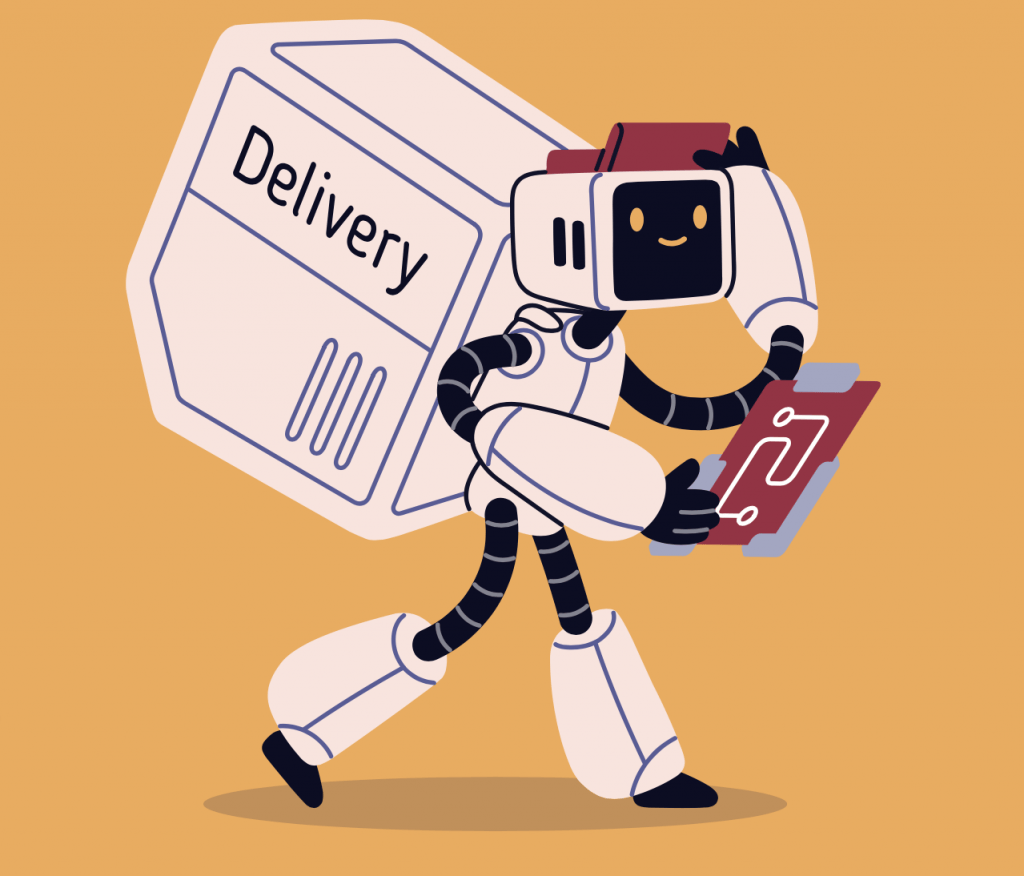
An unstoppable tide of digital transformation is sweeping through every industry – and foodservice, though it lags behind many other sectors, is being carried along on the wave. Any up-to-date POS system will present restaurant operators with a host of information on orders, inventory, how often a particular ingredient was used, costs, profit margins and much more.
Add to that the deluge of personalized information from loyalty programs that track the behavior of specific customers, and there is even more data to crunch. Then there is the information that comes from connected devices in the kitchen, recording everything from running time to energy usage. That is before external data sources – such as weather conditions, traffic or the occurrence of major local events – are factored in.
Ultimately, operators have access to all the information they need to refine their menus, optimize margins, reduce costs and predict future demand patterns. The challenge, however, is to ask the right questions of that data to obtain meaningful insights that can inform operational decisions.
EPOS systems have been around since the early 1990s, but many operators are still not using the data they provide as effectively as they should. “POS gives data on sales, which is being tied into back of house operations and to vendors, who can get data from POS or digital inventory systems rather than getting sent a written order list,” says Bill Bender FCSI, founder and principal, W. H. Bender & Associates. “Tracking sales and setting up ordering is easy when operators just tie in technology with suppliers, so the owner can spend time on hiring, training and operational matters, rather than looking at inventory levels.”
That functionality is useful, but it represents only the most basic use of data. “Predictive use of data is evolving for more sophisticated operators, though not for independents,” says Bender. “It is focused on data analysis, and while the data gathering is good, the analysis is not there yet. It needs the technology to evolve to become more user-friendly. That is where artificial intelligence (AI) will come in.”
“Foodservice has been a slow adopter of tech for the last 50 years but needs leadership and management to know how to execute and monitor these things,” he adds. “We are still in a people business, and we need to know what you want from the data, otherwise you just get lost in it.”
Pricing and the power of prediction
The history of data gathering in foodservice is littered with examples of businesses that had all the data but gained little insight. Back in 2008, for example, Merrychef had an estate of more than 3,500 connected ovens, each collecting data on many parameters. It had the largest connected estate of ovens but was simply generating an overflow of data the company did not know how to use.
“Every client wants every piece of equipment connected, but the challenge they face is how to turn that data into information,” says Phil Radford, senior vice president at equipment manufacturer Welbilt.
Step by step that challenge is being met. McDonald’s, for example, uses POS systems to inform ordering processes, with a growing element of smart forecasting. A system that can connect to local events can predict spikes in demand, as passing traffic will increase. The England team playing at Wembley Stadium will inevitably increase demand at local fast-food restaurants. Connecting to weather data can, for example, help predict more ice cream sales in hot weather. This is the realm of Big Data.
For equipment manufacturers, data is starting to have a major impact on how they generate revenue. “The best examples are pay-per-use models for coffee machines,” says Radford. “Some customers have not bought the equipment but pay a standard fee each month and then pay per use. It can be per cook for an oven, or per hour of steam for a steamer. This reduces the barriers to entry and is all based on the monitoring of data, which can be pulled from cloud services and turned into a fee model.”
Six years ago, Visacrem launched a revolutionary machine-to-machine (M2M) system that remotely collects and provides real-time operations data from its espresso machines. The data goes to companies that own or manage the machines, enabling them to improve service, analyse their markets and fine-tune strategy. It gathers data on the number of coffee cycles performed and informs preventative maintenance processes.
Such innovations will become more commonplace, as connectivity will come bundled with all kinds of foodservice equipment. And more disruptive data-led technologies are on the way.
Real-time data
Shaping the customer experience Benjamin Calleja, chief experience officer at Livit, a specialist in guest experience design, works with some of the world’s leading F&B companies, empowering their brands through innovative data strategies.
“There is a sense that data is important, but people don’t know what to use it for,” he says. “We start with the use case, not the data, and break the industry down into guest-facing and back-office segments and data can be used for both. For instance, I would like to always have music at the perfect volume in the restaurant. It is usually dialled up by the manager, but we can use real-time guest data – such as measuring people in and out, or how many customers’ phones are in the restaurant – to create the right volume level.”
The same principle can be used to analyze how types of music and different tempos affect consumer behavior, such as how long they stay in the restaurant. It can also be used to explore the impact of different scents or lighting conditions on guest experience.
“We link data collection to ROI,” adds Calleja. “We are looking at factors that affect consumer behavior and using technology to take control out of the hands of the manager. First, you need to understand consumer behavior, then collect the data and create the algorithm.”
“Humans are good at hospitality, but computers are better at many things,” he adds. “They don’t sleep and they work 24/7, plus they understand what humans don’t need to, such as ordering, predictive analysis, inventory, music, lighting and scents.”
Where will data lead the industry? It is hard to say, though the potential is almost limitless. Some are pushing the idea of precision nutrition – food prepared to cater for the specific genetic profile and nutritional deficiencies – and direct-to-consumer, genetically-based nutritional testing is now available.
This is a long way off, given that this science is still in its early days, but it is one possible application of customer data. Sources of internal and external data will continue to multiply, and it is inevitable that operators will be able to make more informed choices about what to serve, when to serve it and how much to charge for it, provided they know what questions to ask.
Jim Banks




